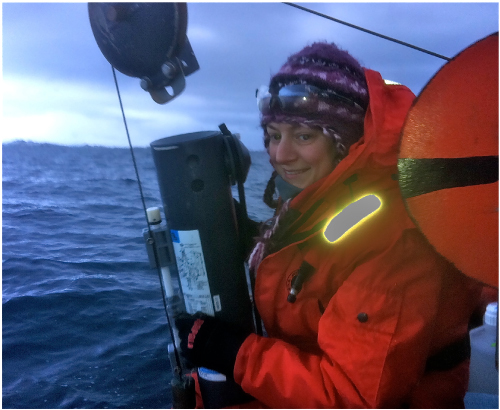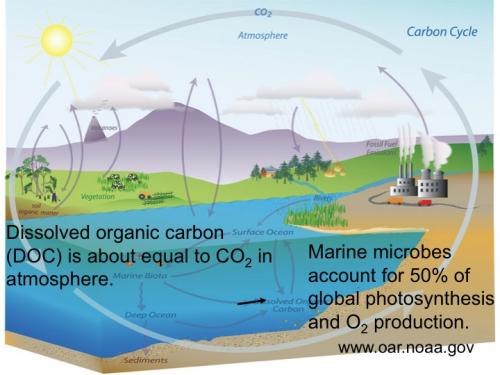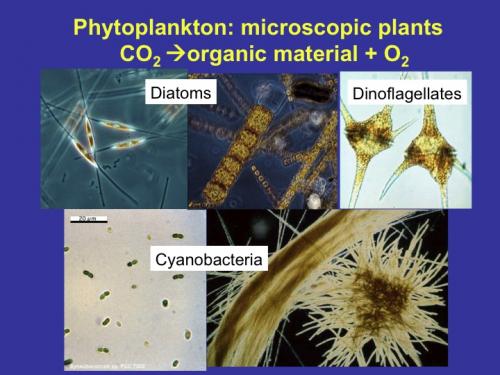That's what microbial oceanography is. And that is the last project at Palmer Station that I will be reporting on before I reveal our findings on the icefish and thermal tolerance. Near last, but not least. Did you know that there are 1 billion, yes billion, bacterial cells in a liter of ocean water? Do you know how big a billion is? Let's get some perspective. A billion seconds ago? Take a guess. That's almost 32 years, so like around 1972, A billion hours ago was the Stone Age. Get the picture? A LOT.

Matthew T. Cottrell, Mrina Nikrad, and Jill Mikucki are down here studying microbial oceanography. A microbe is anything living that you need a microscope to see...but we are not including viruses in this. Why not, you say? Most scientists don't view viruses as living as it has no independent metabolism. There are some scientists that do not agree with this, so for our purposes, we will go with the non-living category. Seems like an excellent thing to do some additional research on and develop your own opinion...based on the evidence you find. A microbe that causes disease is called a pathogen.


Now these microbes have been around for a long time. They were among the first forms of life on earth, which means they have been around about 3.5 billion years ago. Because of how quickly they reproduce, in a matter of days, or less, you have new generations very quickly meaning they have had more opportunity for diversification than pretty much anything else.
Despite the fact that these microbes are microscopic, they account for 10 times more biomass than whales in the Barents Sea up in the Arctic. Translation: If you took all microbes up there and weighed them they would weigh more than all of the whales in the Barents Sea. I know, mind-boggling.
So Matt, Mrina, and Jill are studying different aspects of what these microbes are up to because we really don't know. They are examining the impact that microbes and their metabolism have on the biosphere. This is the heart of microbial ecology. Part of that involves are looking at the genomes of these bacteria and seeing what can be learned from their DNA sequences (does "actggaccta" look familiar? DNA sequences. Now you can see where they got the title for the film GATTACA.)




Comments